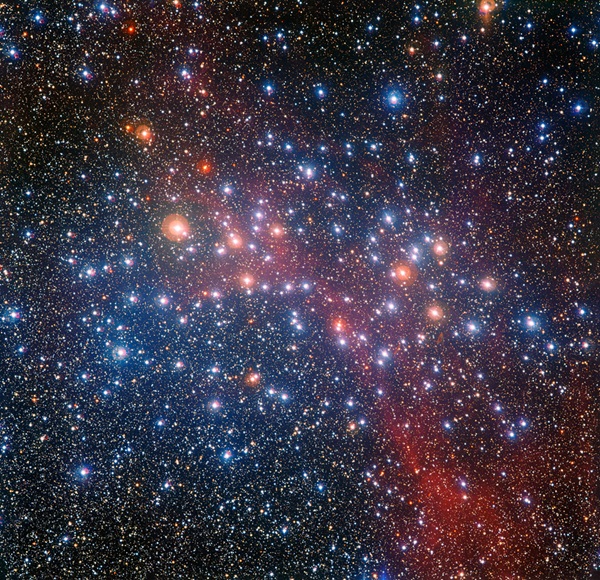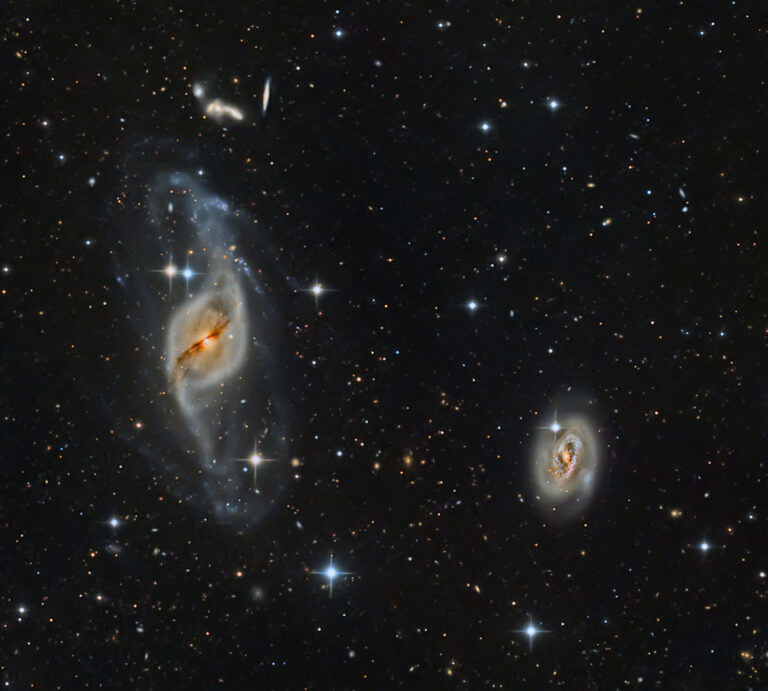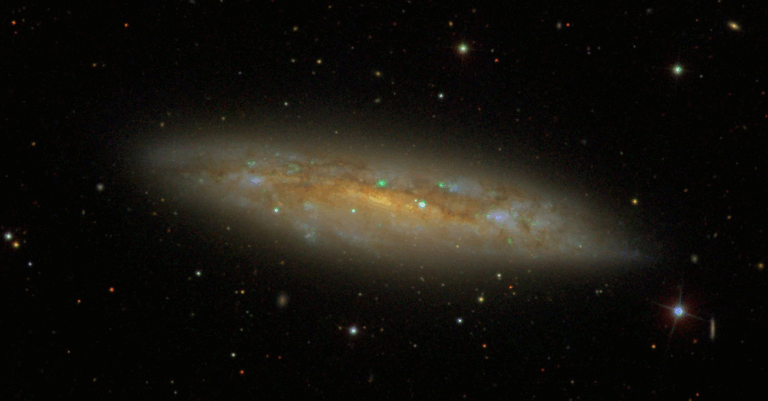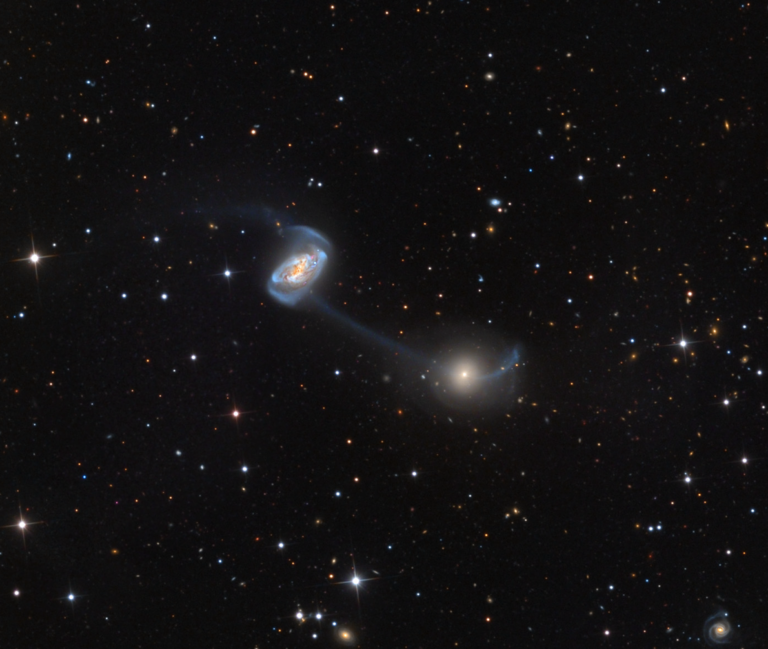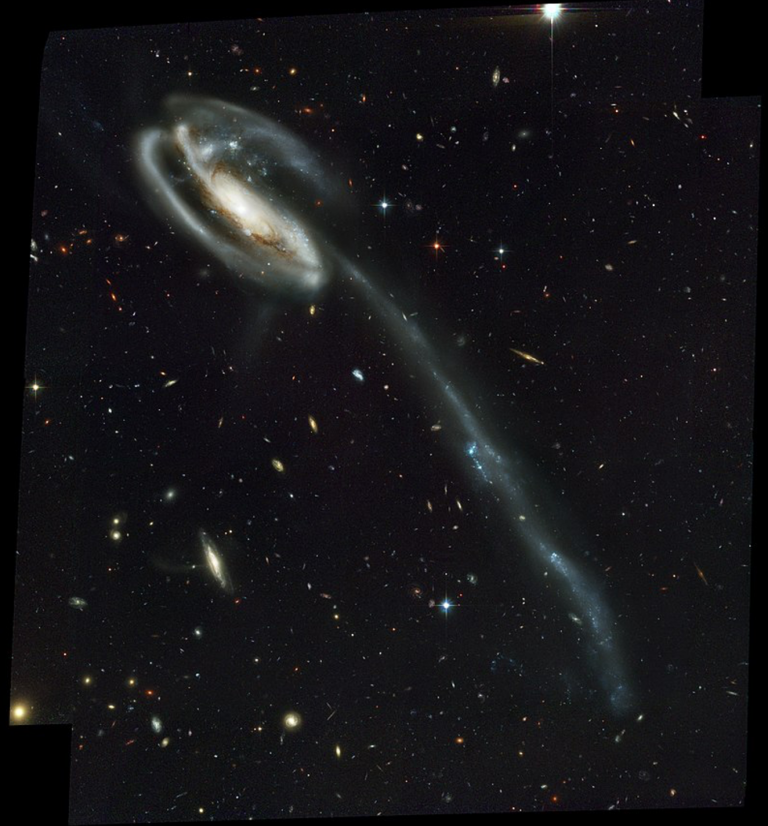Key Takeaways:
NGC 3532 is a bright open cluster located some 1,300 light-years away in the constellation Carina the Keel. It is informally known as the Wishing Well Cluster as it resembles scattered silver coins that have been dropped into a well. It is also referred to as the Football Cluster, although how appropriate this is depends on which side of the Atlantic you live. It acquired the name because of its oval shape, which citizens of rugby-playing nations might see as resembling a rugby ball.
This bright star cluster is easily seen with the naked eye from the Southern Hemisphere. It was discovered by French astronomer Nicolas Louis de Lacaille while observing from South Africa in 1752 and was cataloged three years later in 1755. It is one of the most spectacular open star clusters in the whole sky.
NGC 3532 covers an area of the sky that is almost twice the size of the Full Moon. It was described as a binary-rich cluster by John Herschel who observed “several elegant double stars” here during his stay in southern Africa in the 1830s. Additionally, NGC 3532 was the first target to be observed by the NASA/ESA Hubble Space Telescope on May 20, 1990.
This grouping of stars is about 300 million years old. This makes it middle-aged by open star cluster standards. The cluster stars that started off with moderate masses are still shining brightly with blue-white colors, but the more massive ones have already exhausted their supplies of hydrogen fuel and have become red giant stars. As a result, the cluster appears rich in both blue and orange stars. The most massive stars in the original cluster will have already run through their brief but brilliant lives and exploded as supernovae long ago. There are also numerous less conspicuous fainter stars of lower mass that have longer lives and shine with yellow or red hues. NGC 3532 consists of around 400 stars in total.
The background sky here in a rich part of the Milky Way is very crowded with stars. Some glowing red gas is also apparent as well as subtle lanes of dust that block the view of more distant stars. These are probably not connected to the cluster itself, which is old enough to have cleared away any material in its surroundings long ago.

